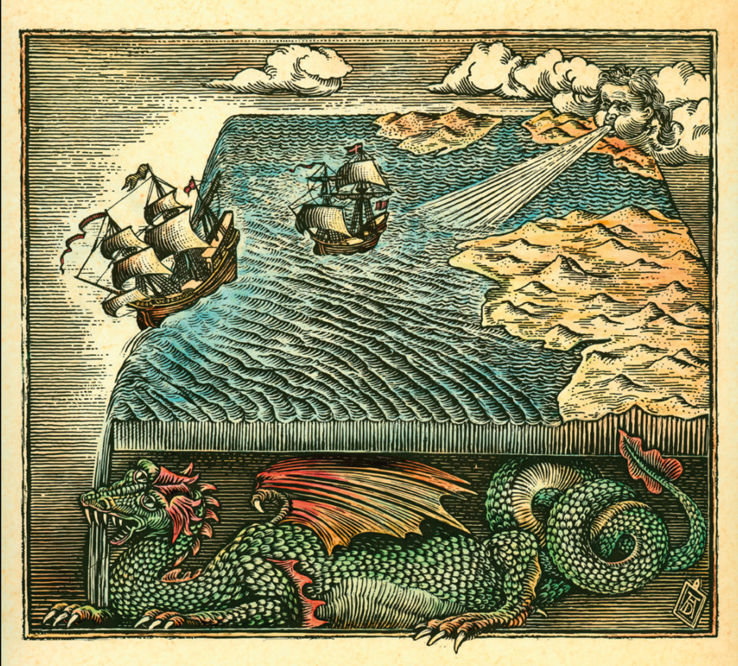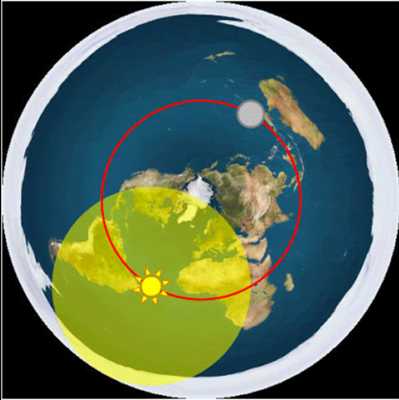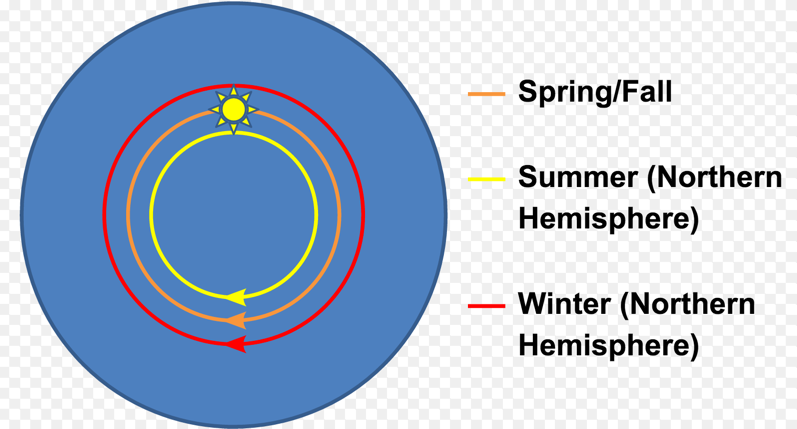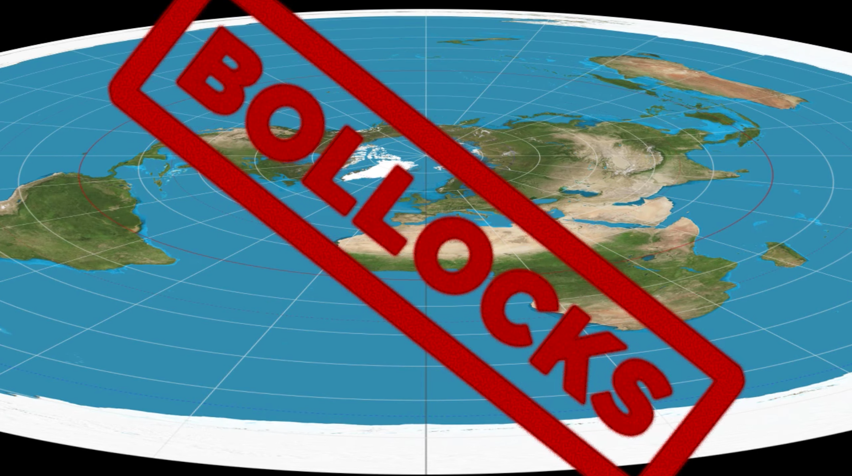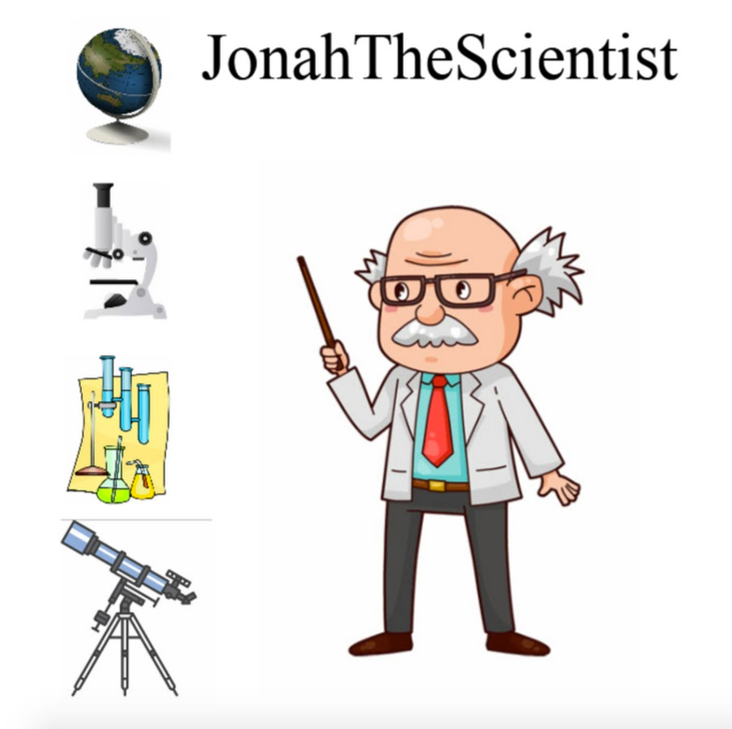Alternative Cosmology - Sunlight over Great Distances above a Flat Earth
Dear Alternative Cosmology,
Fact check = You FAIL 100%.
Your video explanation does not correctly describe the reflection of sunlight off the surface of a boat (or any object for that matter).
The side of a boat is not a flat perpendicular mirror that reflects sunlight in straight lines - so your explanation is wrong.
Instead, the surface of a boat is a composite of various materials, that "scatter" the sunlight falling on it - IN ALL DIRECTIONS.
We see the boat because it is "illuminated" by sun light. Therefore, one can view the boat from any angle and still see it clearly.
Even when part of the boat (or any object) is in shadow, as long as the sun is out, we can still see it because of sunlight scattering off atmospheric molecules.
A stationary boat does not appear to be closer, or farther away, based upon how high or how low the Sun is in the sky.
The bottom of a boat will be out of view, ONLY because of the curvature of the earth, when the boat move past an observers visible horizon.
You can do the following calculations yourself as proof:
eye height (10-feet) above the water
boat 3.8 miles away
=> the entire boat is still visible
eye height (10-feet) above the water
boat 6 miles away
=> the bottom 3 - feet of the boat are not visible, due to the curvature of the Earth.
eye height (10-feet) above the water
boat 8 miles away
=> the bottom 11.6 - feet of the boat are not visible, due to the curvature of the Earth.
eye height (10-feet) above the water
boat 12 miles away
=> the bottom 44 - feet of the boat are not visible, due to the curvature of the Earth.
At this point, most boats will be totally below the horizon, due to the curvature of the Earth, and therefore no longer visible.
You can do the math by hand, or use the following "Earth Curve Calculator" to have it done for you.
http://dizzib.github.io/earth/curve-calc/?d0=30&h0=10&unit=imperial
Your Fail:
Your video is an attempt to discover at what angle your head needs to be, in order to see the "reflected image" of the Sun off the boat.
As the Sun climbs higher in the sky, since light does travel in straight lines, one needs to go further and further under the boat in order to see the Suns reflected image.
If you are tracing light rays from the top, middle, and bottom of the Sun...
* then the sun needs to be very very close to the boat (within 100 boat diameters or so) in order for all three rays to be seen as "not parallel to each other". The farther away the Sun is from an object, the more its rays reach it in parallel.
I urge you to take a physics and optics 101 class, before you expose your ignorance again to the public.
Definition:
(https://en.wikipedia.org/wiki/Light_scattering):
Light scattering is a form of scattering in which light in the form of propagating energy is scattered. Light scattering can be thought of as the deflection of a ray from a straight path, for example by irregularities in the propagation medium, particles, or in the interface between two media. Deviations from the law of reflection due to irregularities on a surface are also usually considered to be a form of scattering. When these irregularities are considered to be random and dense enough that their individual effects average out, this kind of scattered reflection is commonly referred to as diffuse reflection.
Most objects that one sees are visible due to light scattering from their surfaces. Indeed, this is our primary mechanism of physical observation. Scattering of light depends on the wavelength or frequency of the light being scattered. Since visible light has wavelengths on the order of hundreds of nanometers, objects much smaller than this cannot be seen, even with the aid of a microscope. Colloidal particles as small as 1 µm have been observed directly in aqueous suspension.
Published on – April 2, 2017
Discussion at - https://www.youtube.com/channel/UC7ipUKERU0tzYFxALJBli4A/discussion
Video at - https://www.youtube.com/watch?v=JtTUMsU2udM
Our home page all articles - http://flatearthlunacy.com
kind regards, JonahTheScientist
Picture 1..
Picture 2..

Picture 3..



